With Kawasaki having launched its ZX-25R (in some markets — not most of them!), everyone’s going gaga about four-cylinder 250cc motorcycles. Pocket rockets, screamers… this category of motorcycles produces 50hp or under, but rev to the moon at 18,000 rpm.
Most manufacturers haven’t made them for a while, but you can still find them on used markets around the world, particularly in Japan and Australia.
Here’s a guide to them — four-cylinder 250cc screamers.
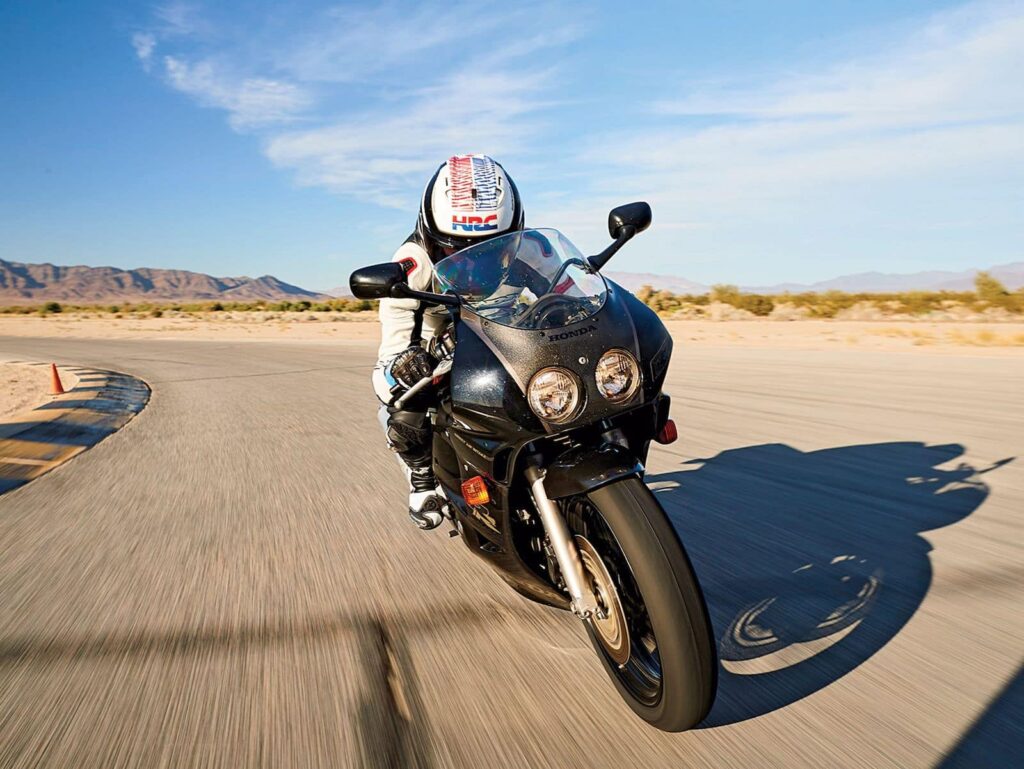
Are you obsessed with motorcycles?
Well, I am. That’s why I created this site — as an outlet. I love learning and sharing what others might find useful. If you like what you read here, and you’re a fraction as obsessed as I am, you might like to know when I’ve published more. (Check the latest for an idea of what you’ll see.)
Why a Four-Cylinder 250cc Motorcycle? Pros and cons
There are lots of moderate-power fun motorcycles you could buy these days. There are bikes like the Kawasaki Ninja 400 or Honda CBR500R, and also smaller bikes like the Honda Monkey. These are great first bikes or great first track bikes.
But a four-cylinder 250cc motorcycle (or any small four-cylinder motorcycle) has its own charms.
Here are their advantages. Four-cylinder 250cc bikes are:
- Relatively cheap. If you’re learning (whether to ride or to race), then they’re cheap to run and cheap to maintain (don’t forget tyres!). You can use that extra budget for servicing, gear (leathers), and more tyres.
- Crashable. This is related to “cheap”. Ideally, you don’t want to crash. But if you do, you don’t want to feel like you just lost your life savings, or your pride and joy. (Forget about the Ducati 916 SPS you have your eye on.)
- Light. You’re going to learn cornering. So it should be something you can easily push into turns. The ideal weight is under 180 kg or 400 lb wet.
- Controllable. A bike you’re learning to ride at its fullest shouldn’t be a motorcycle you feel is way beyond you, which basically means anything in the 600cc “supersport” category or above.
You can find other motorcycles that fit the bill — like the modern KTM RC 390. These are great bikes and lots of fun. But the experience they provide is just different from the one that a high-revving four-cylinder bike can provide. The first time you ever rev a four-cylinder 250cc bike all the way to 20,000 rpm you’ll realise there’s more to life than ABS…
There are however some disadvantages to owning an older four-cylinder 250cc bike like the below.
The disadvantages are:
- Torque down low is not that great. Yes, you can taxi a fighter plane around in traffic, but when peak torque is made above 12,000 rpm, you know you have to make it sing to get the most out of it.
- It will be harder to find parts. You can’t just go to your Honda dealership and ask for new mirrors or even fairings. You’ll often have to find aftermarket parts or find something that fits from another bike.
- The bike may have been crashed, abused, or worse. The older a bike gets, and the more owners it goes through, the more damage it will have experienced. This is especially true as small-capacity bikes are often learner bikes as well as track bikes. People tend to hide the damage, so you may not find it easily.
- You have to maintain the motorcycle more. Since the motorcycles are carburettor-fed, you’re going to have to think about storage and making sure that the jets remain clean. There’s just a less to worry about when you have fuel injection.
A bike that has some of the characteristics of a 250cc inline four — but not to the same extreme — is a 400cc inline four. Read about the Honda CB400SF Hyper VTEC Revo here.
Below I’ll go over some of the commonly available four-cylinder motorcycles that are around 250 cc.
Honda CBR250RR (MC22) (1990-2000)
- Engine: 249cc 4-cylinder DOHC 4-valve 4-stroke engine
- Power: 33 kW (45hp), with a 19,000 rpm redline
- Wet weight: 165 kg (364 lb)
Ah, the MC22 CBR250RR FireBlade, also known as the “Baby Blade”. This is the best of the bunch — the most available, the most sought-after, and the best.
The CBR250RR was only made up to 1996, but was sold up to the year 2000 in Australia. It’s rarer in the US.
The MC22 CBR250RR It’s most well known for having an absolutely screaming red-line of 19,000rpm. It makes most of its power above 15K!
The CBR250RR is not totally gutless down low. It’ll pull you around, but won’t be anywhere near as fun as when it’s high in the rev range. The zero-100km/h (or zero-to-sixty in mph) is around seven seconds.
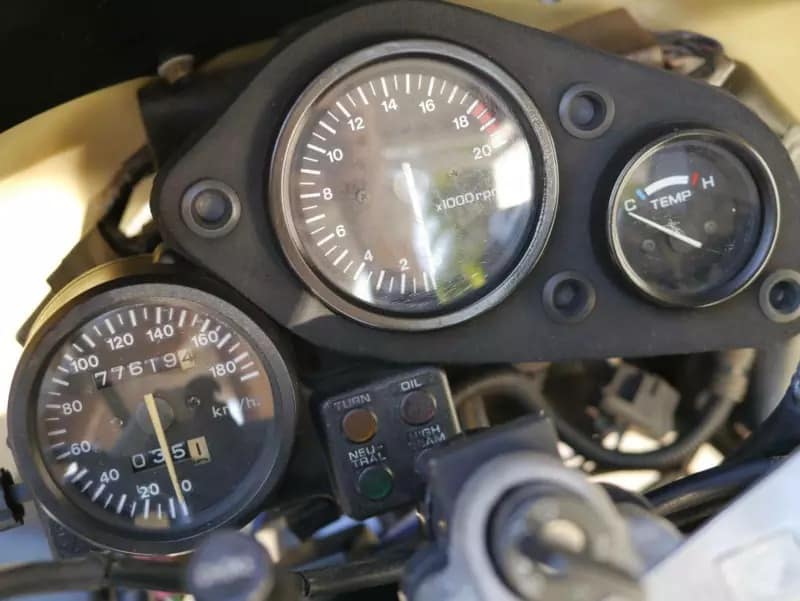
Modern-day riders who own and ride CBR250RRs adore them. They don’t complain about them being “old” technology. In fact, most reviewers who have the chance to throw a leg over agree that they’re every bit as good as a modern motorcycle.
A few things to note when buying a used CBR250RR
- Make sure you’re getting an MC22, not an MC19 (also known as a CBR250R). They’re very similar, but the MC19 only has one front disc brake, which means it’ll heat up more quickly and perform less well under heavy load (e.g. at a track), and pads will wear more quickly. However, they are lighter, and have less unsprung mass! (Thanks to a commenter who pointed this out to me.)
- Fairings are commonly replaced with “eBay” fairings because the originals are both old and thin. This is understandable — the bikes are old. A common swap is for Repsol fairings.
- Nearly all will have been sitting for a while. Make sure you check tyre age, carburettor status (it will probably need cleaning), and battery/charging system.
The second two points apply to other 250cc motorcycles, too.
Honda CB250 Hornet (1996-2007)
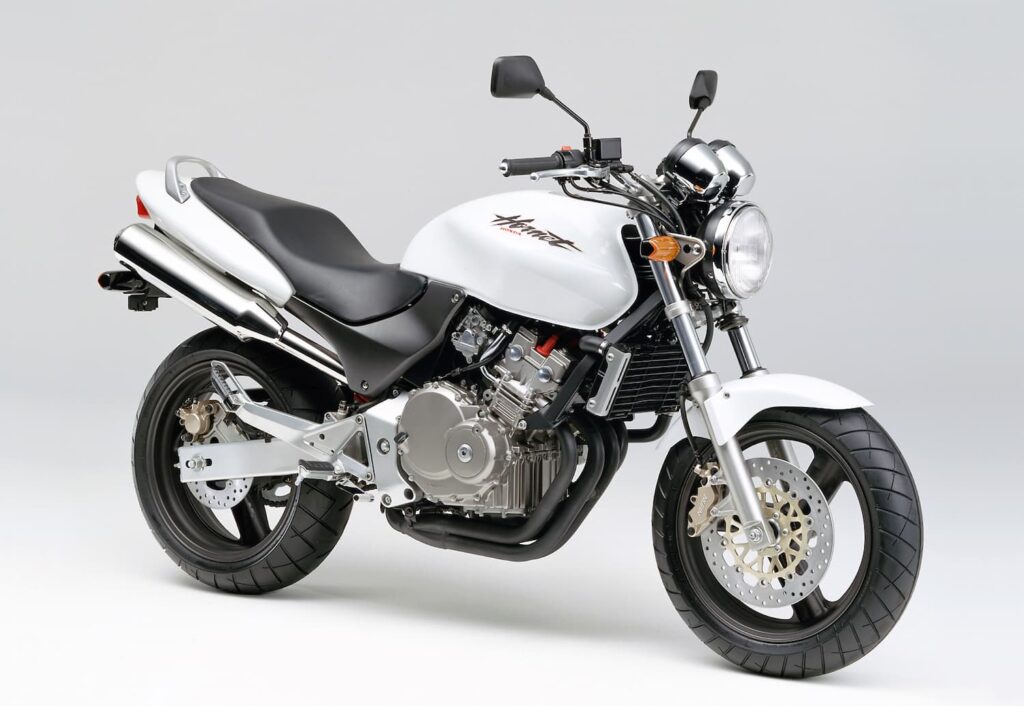
Another four-cylinder 250-cc motorcycle by Honda was in the form of a naked bike — the Honda CB250 Hornet.
Honda has made a lot of “Hornet”-branded four-cylinder motorcycles. The CB250 Hornet is the littlest of them. It’s a very simple motorcycle, with conventional forks and a single disc brake. But the little liquid-cooled engine produces over 30 kW / 40 hp at 14000 rpm, with a redline of 16000 rpm.
The CB250 Hornet didn’t make it to every market, but it used to be a common sight in SE Asia and the APAC region.
Kawasaki ZX-2R (aka ZXR250 / ZXR250R) (1988-2004, but get pre-1999)
- Engine: Four-cylinder, DOHC, 4-valve per cylinder 249cc engine fed by four carburettors
- Power: 33 kW (45 PS) @ 15,000 rpm – red-line 20,000 rpm
- Brakes: twin front discs
- Wet weight: ~160 kg (dry is 141 kg)
The Kawasaki ZX-2R / ZXR250 is another four-cylinder 250cc motorcycle that’s a scream to ride around with the engine singing.
It’s a lot rarer than the Baby Blade, however. So finding one nearby in good codition will mean you’ll have to set up a bunch of search alerts.
Again, this is much more common in Australia (or Japan). In the US, it’s extremely hard to find one, and so probably not a good idea for a machine that you’ll definitely drop. In the US, you’re more likely to find a CBR250RR, even though they were also only imported in similar years.
The ZX-25R / ZXR250R is particularly special for having an inverted fork, a ram-air system, and a close-ratio transmission. It’s designed for racing.
Like other models, the power went down after 1993 by 5hp, so get the ones before. Post-1999, they were produced in Malaysia and were slightly different, but people still like them!
The Kawasaki ZX-2R is quite rare but you can typically get them for under A$2,500 in good mechanical condition.
Suzuki Bandit 250 (various generations, but 1989-1993 best)
Suzuki made several generations of the Bandit 250, all powered by a ~250-cc inline four-cylinder engine. The first gen was a longer-stroke motor with a slightly lower-revving engine, but the later models were higher-revving, shorter-stroke.
All the bikes have a lot in common — they’re powered by inline four-cylinder engines with liquid cooling.
The earliest gen has that classic 80’s styling and a solid front disc.
A popular version (that a reader pointed out to me a while back — thanks!) is the second-gen, made between 1989 and 1993, with a higher-spinning motor thanks to its shorter stroke (bore/stroke of 49 x 33 mm, vs the almost square 44 x 41 of the first gen). It makes more peak power of 33 kW / 45 PS at 14,500 rpm and has front and rear 17-inch wheels, an update from the 18/16 of the first gen.
The final gen, released in 1995, has lower power, but comes with an option of variable valve timing on the 250V model (not available everywhere), for more low-down punch.
Suzuki GSX250 Across (1990-1998 — but get 1990-1993)
Suzuki also made a sport bike (with a fairing) and a 250 cc motor with the same bore and stroke as the later Bandits, but without variable valve timing in any version of it.
Due to the fairing, it is heavier, but the added wind protection is a boon at times.
- Engine: 248cc, 4-cylinder, 16-valve (DOHC) with CDI and twin carburettors
- Power: 33 kW @ 14,500 rpm (red-line 16,000) from 1990-1993, reduced to 29 kW from 1994 onward
- Brakes: Dual-piston, single disc
- Wet weight: 172 kg (373 lb)
The Suzuki Across is much easier to find but generally considered a less aggressive motorcycle than the other two. It only has two carburettors and a single front disc brake. But it still produces all the power you need!
It was more comfortable than the CBR250RR and the ZX-2R, and thus was pigeon-holed by some as a “sport touring” motorcycle. This is helped by the fact that there’s ample storage in the rear, able to carry a full-face helmet.
The main reason you can never call this a sport-tourer is it can only go about 130km (80 miles) before the fuel light comes on. That’s a very short tour…
It’s also slightly heavier than the others, because of its steel frame.
However, it’s common, it’s high power, and sounds great.
There was also a Suzuki GSX-R250 produced, but it’s so rare that I can’t find them for sale at all.
Yamaha FZR250R — Another Comfortable 250cc
- Engine: 248cc, 4-cylinder, 16-valve (DOHC) with CDI and four carburettors
- Power: 33 kW / 45 hp@ 14,500 rpm (red-line 17,000) from 1990-1993, reduced to 29 kW from 1994 onward
- Brakes: 2 x 285mm discs, 4-piston calipers
- Wet weight: 172 kg (373 lb)
Like the Suzuki Across, the FZR250R was another somewhat comfortable 250cc four-cylinder motorcycle.
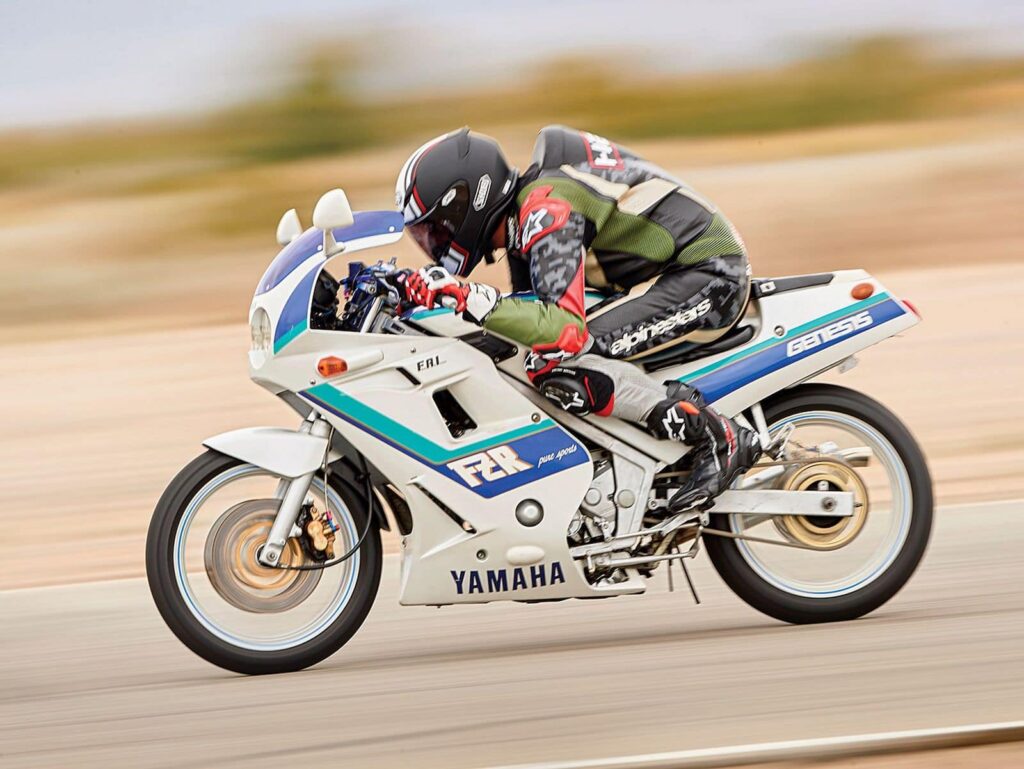
Yes, you can get down in a tuck position on the FZR250, but the clip-on handlebars are high up enough that in modern terms, it’d be a sport-tourer like a VFR800.
The engine has a technical redline of 17,000 rpm but really slows pace at around 15,500.
There’s also an FZR250 which has a much weaker braking setup. Make sure the one you pick up has the double discs.

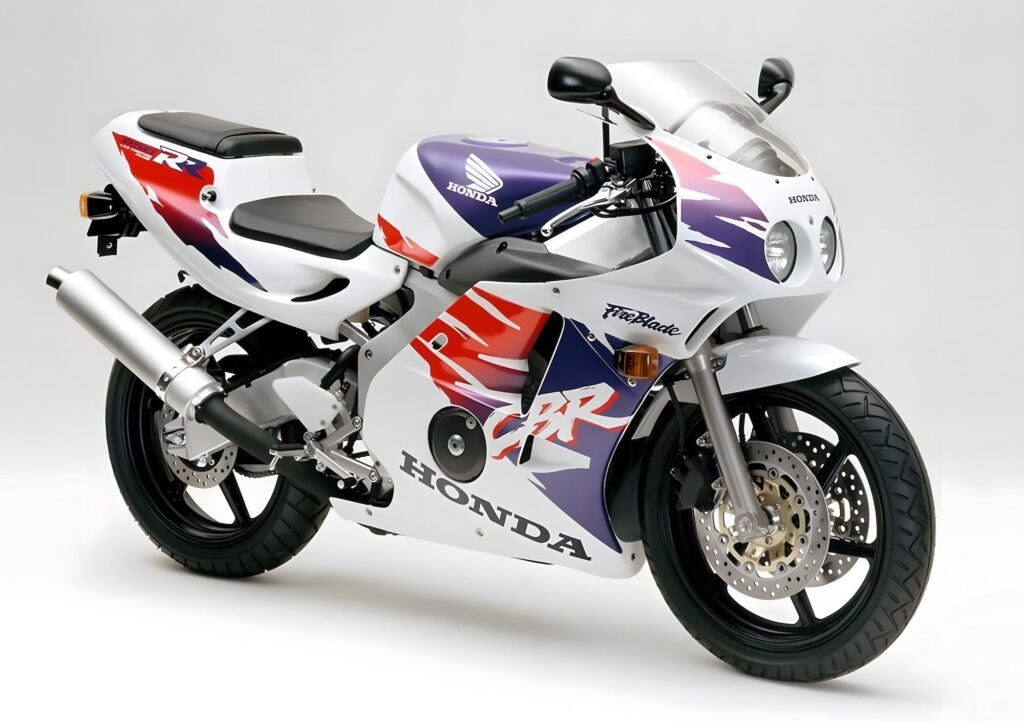
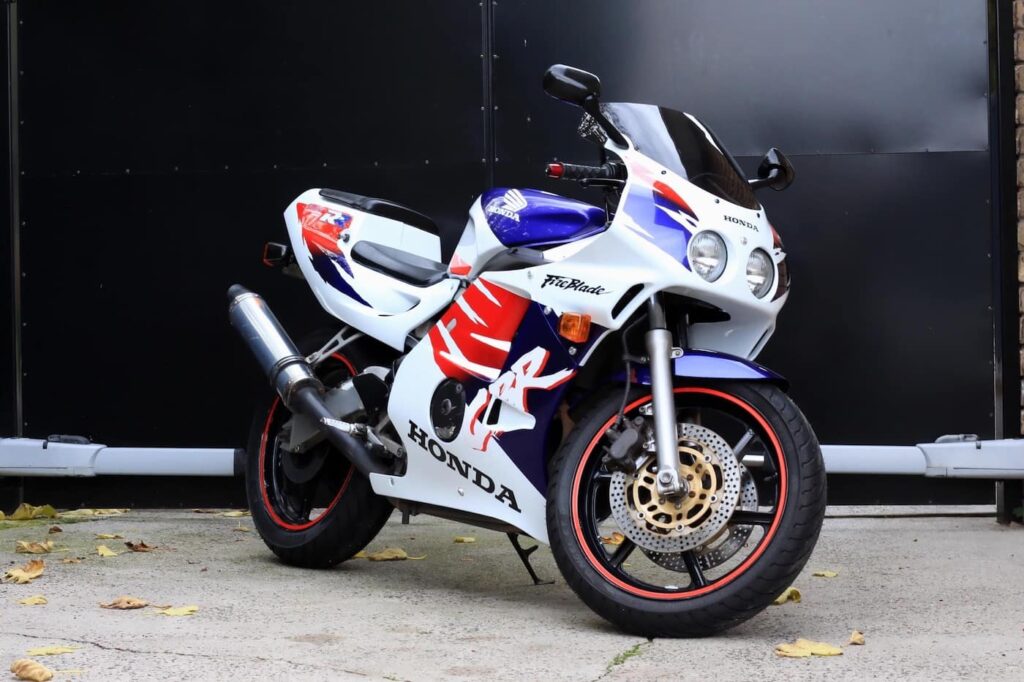
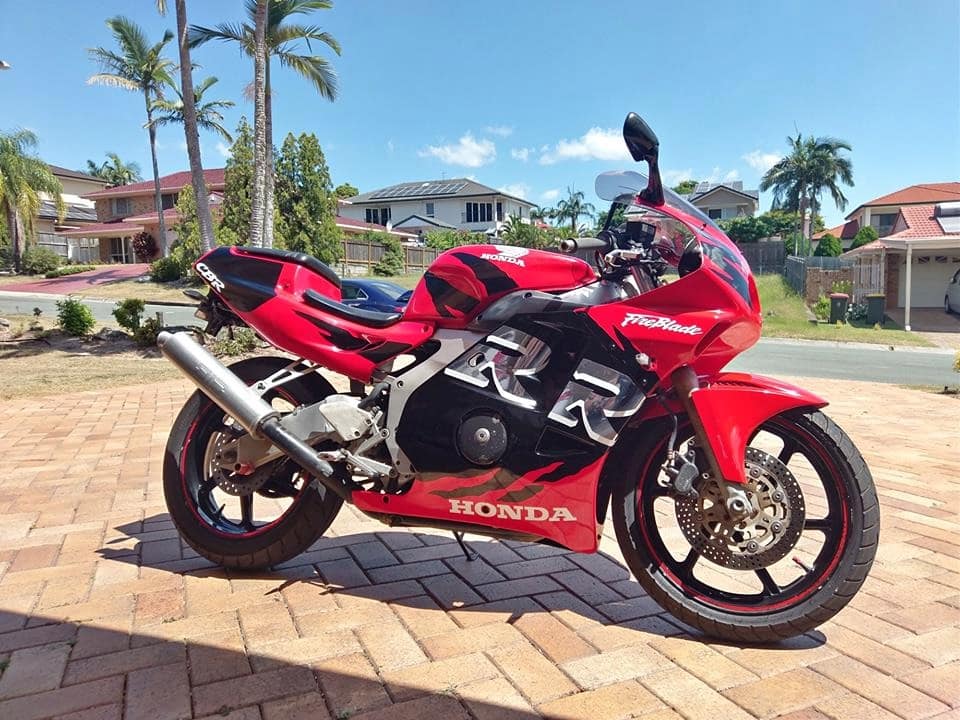
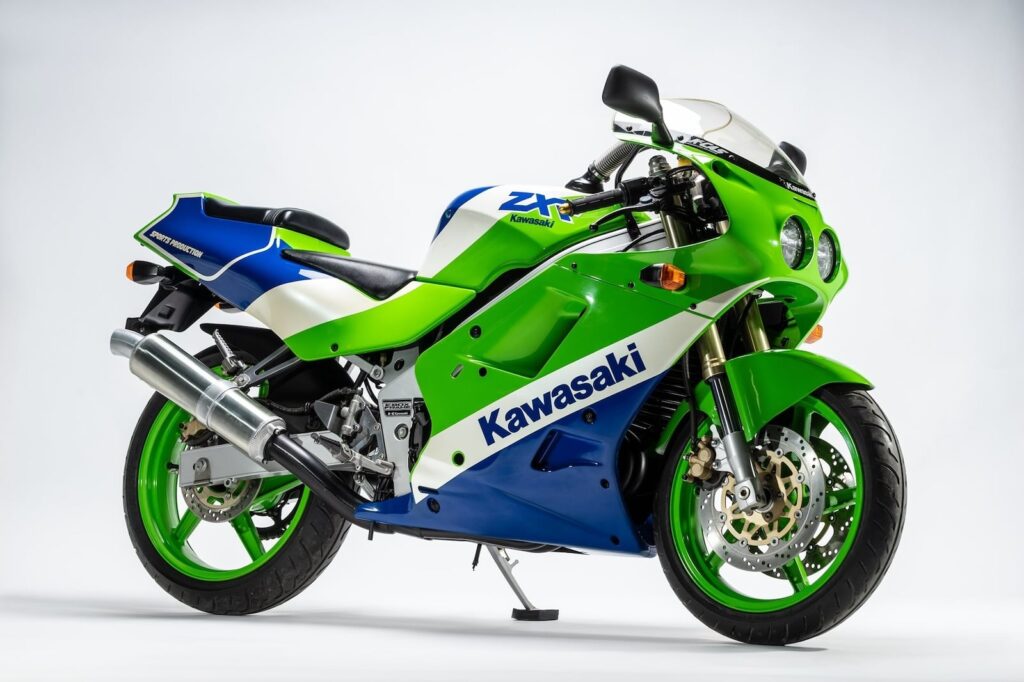
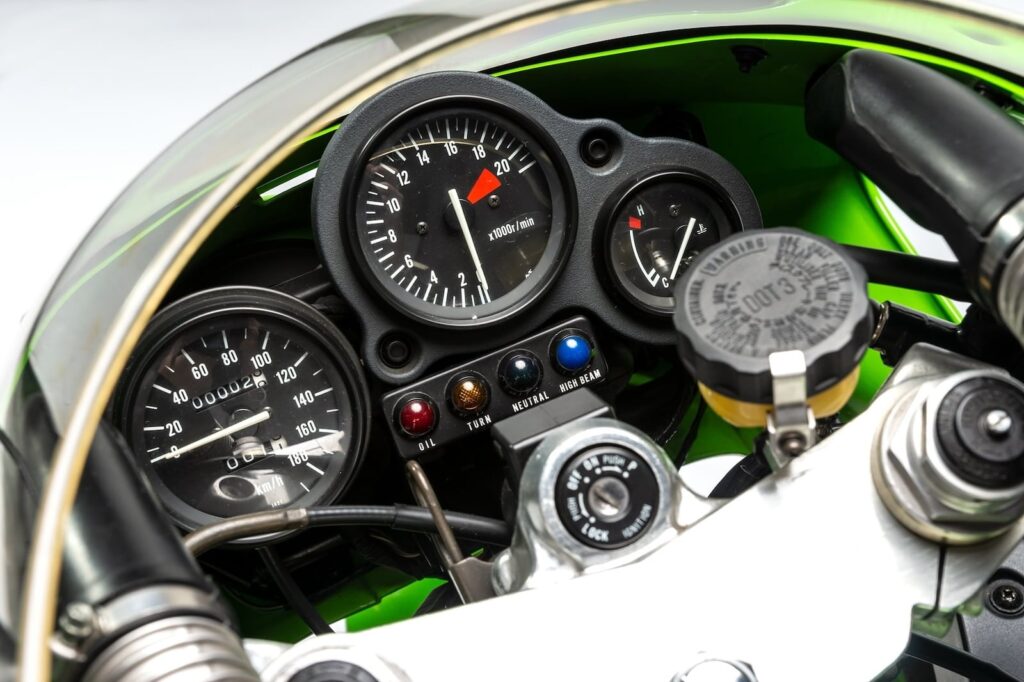
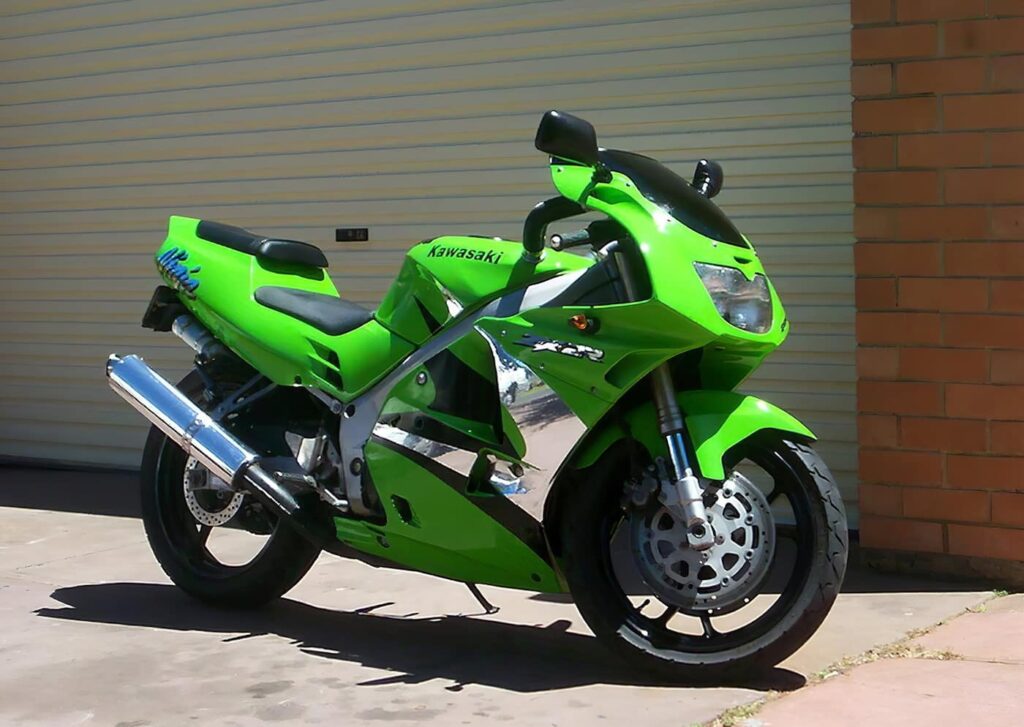
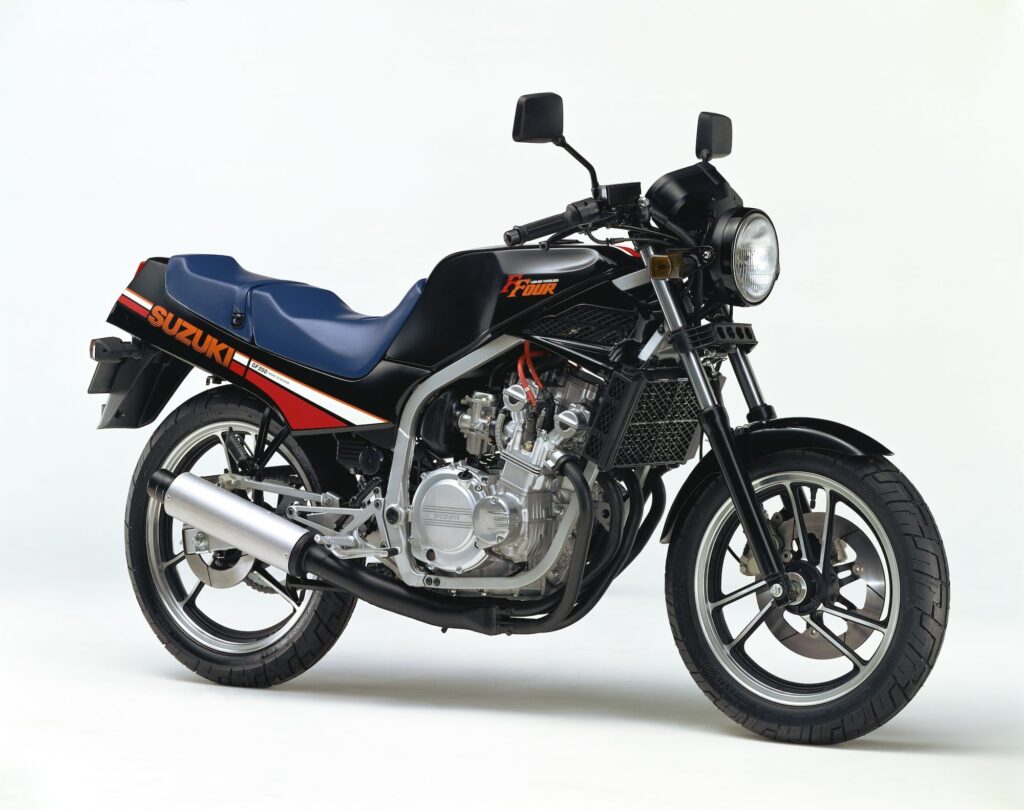
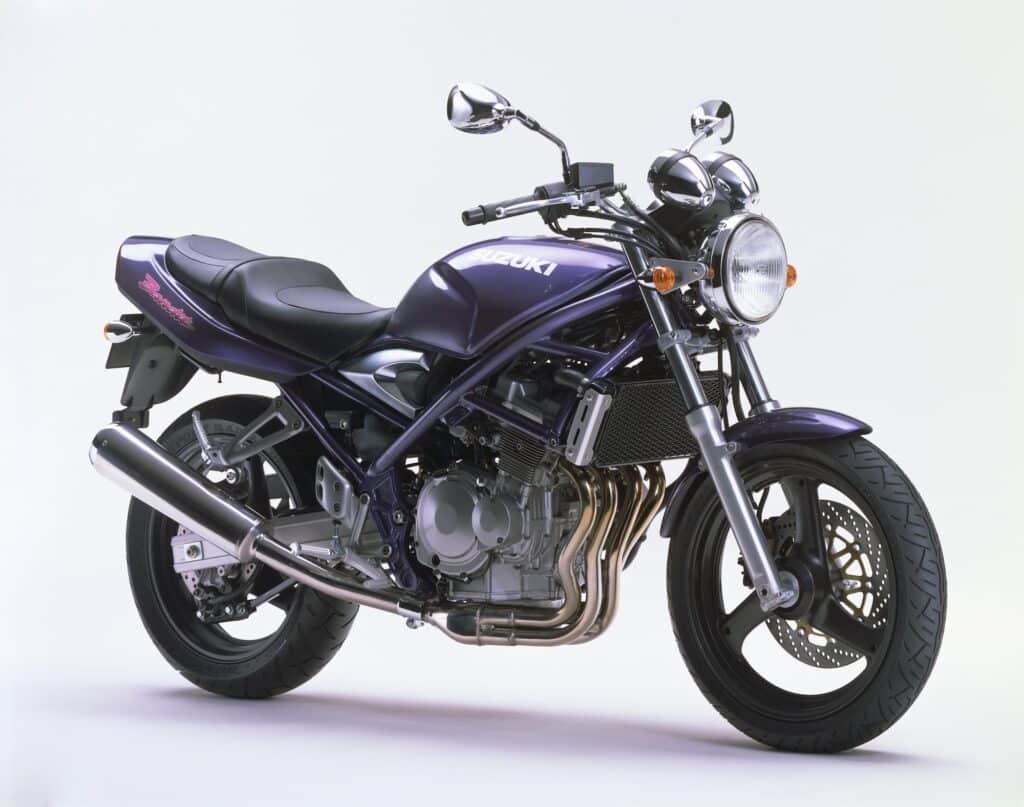
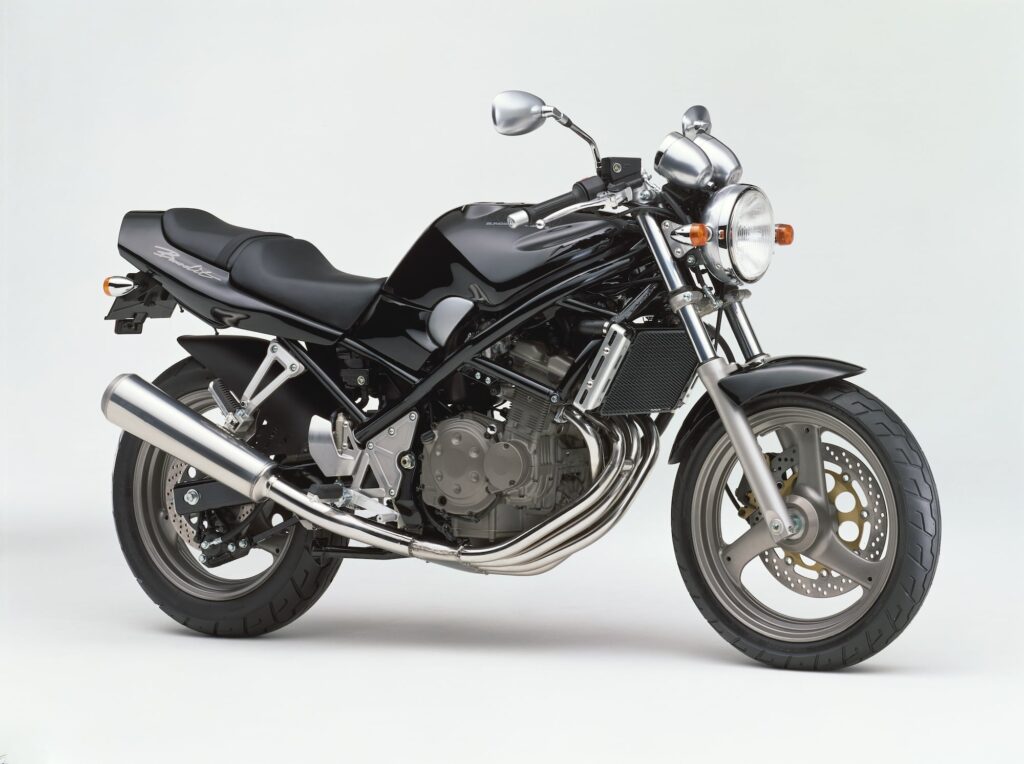
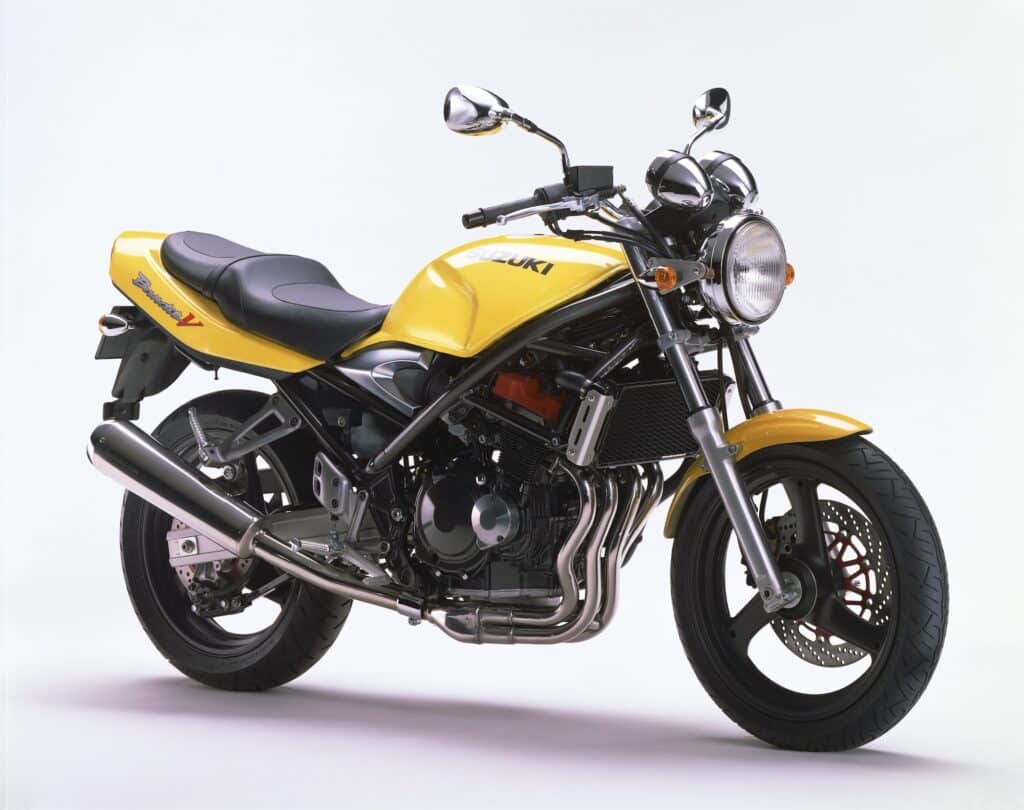
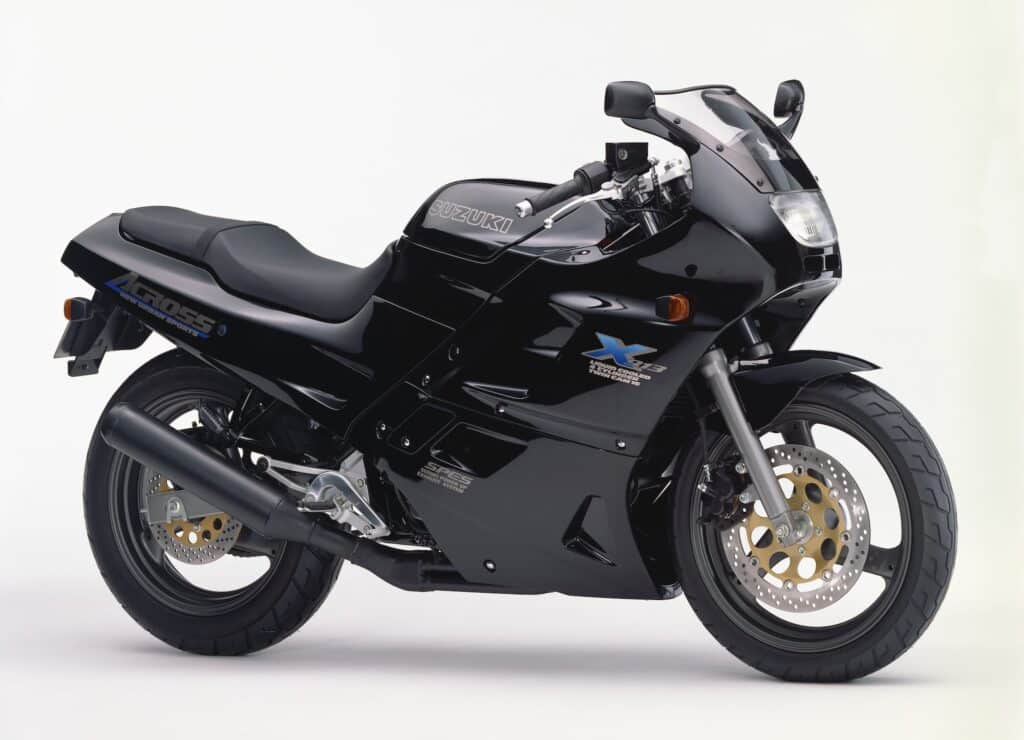
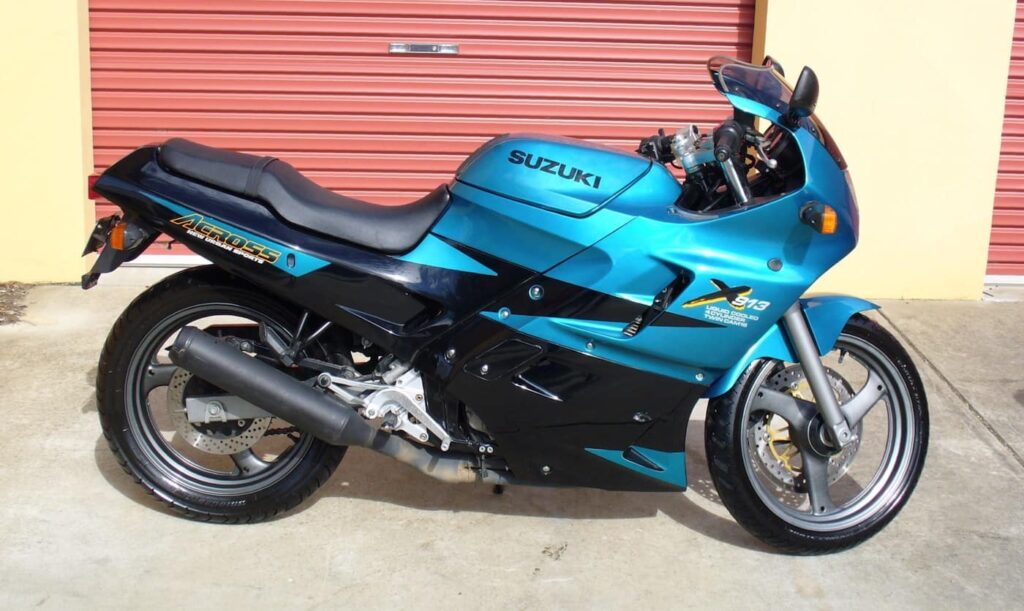
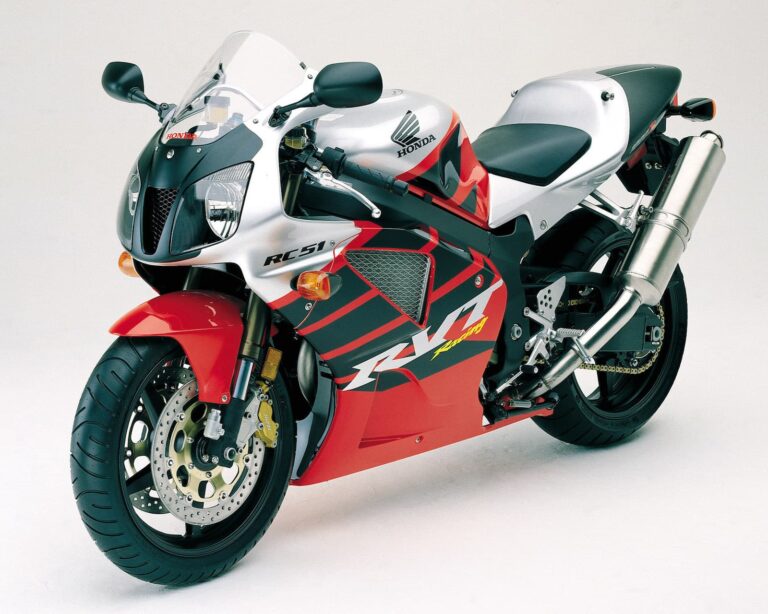
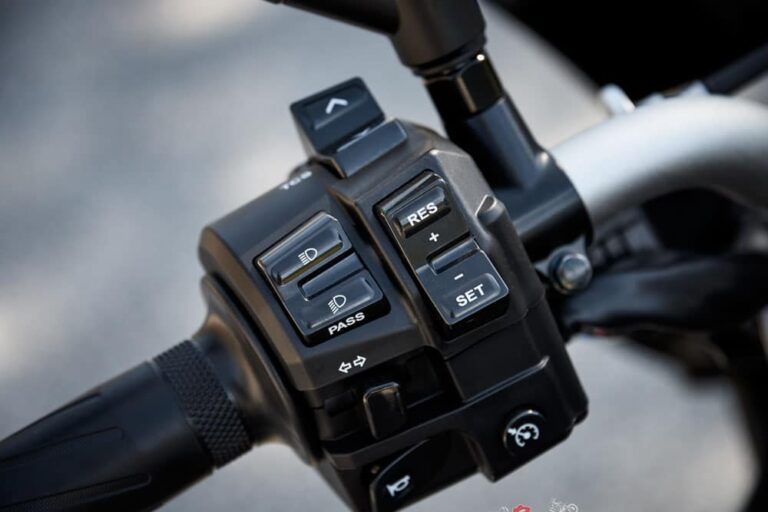
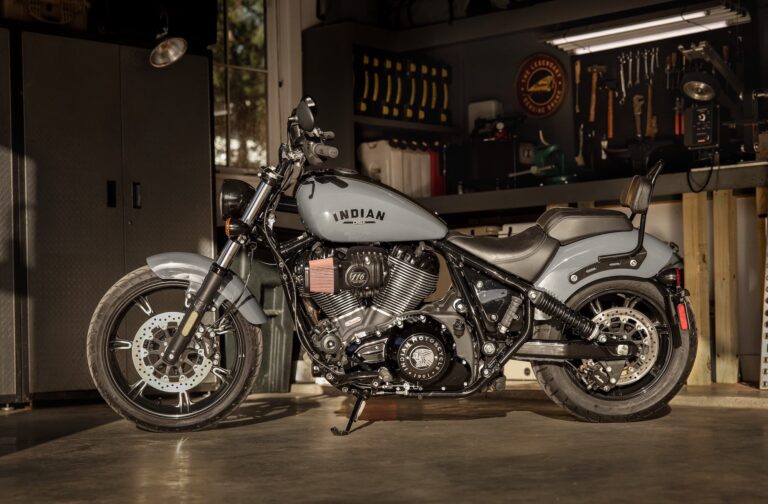
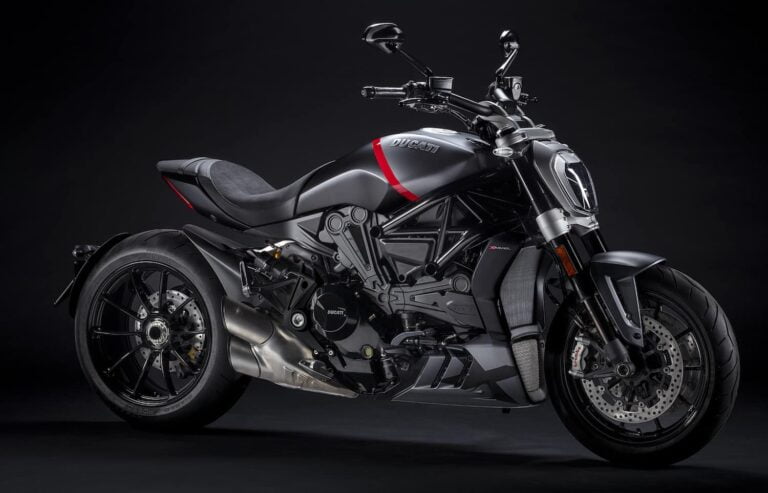
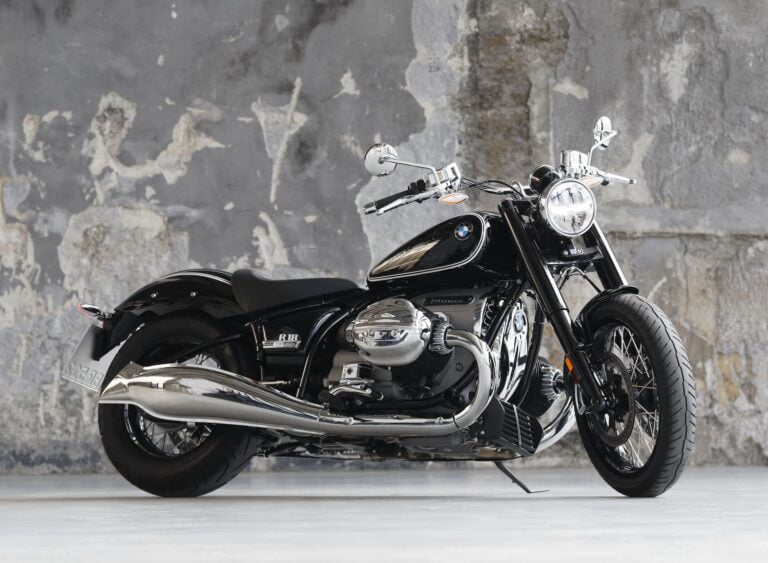
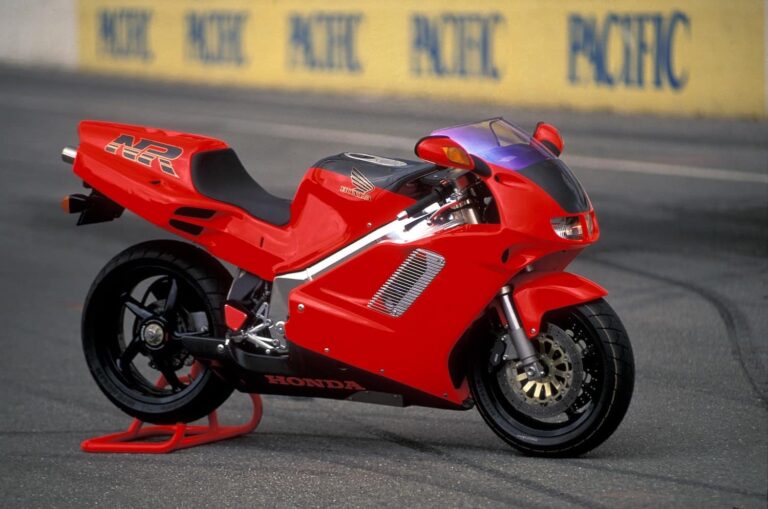
Explanations very brief and concise. Good read. Just wanted to know where you came across the photo of my bike? The red MC22 is mine. 🙂
The 1987 Suzuki GSXR 250,best of the bunch,bought a new engine for mine when the bike reached 35,800 kms ,the break in is nearly complete,engine super tight ,replaced tires with Avon Street runners,new brake pads,carburetor upgrade-new float needles and seats,new gaskets and pilot jets,found the lower front fairing,new chain and sprockets and removed mega rust,runs like a F1 car,so fun and quick ,super duper best bike I’ve had ,cost to rebuild high,like $ 7000 Canadian so far,but worth every penny.
You forgot about the 89-93 Suzuki GSF250 Bandit. Much better than the Across!
Thanks. I’ve been meaning to incorporate your comment for ages. I’m updating this page!
I was amazed to discover the Honda CB350F back in the 1980s when I started riding. I had no idea that anyone ever made even smaller 4 cylinder bikes. Fascinating! I bet they’d sound great. Funny none sold as a naked bike.
The MC19 has equivalent braking power to the MC22, just that you’ll be going through pads twice as quickly due to the extra load on them. The MC19s are lighter for that and MC22s past 1994 are restricted at 40hp.
This is a good point, I have to go revise that article. Learned a lot about brakes since I wrote it.
All the Four-Cylinder 250cc Motorcycles? I think you missed a few. Where’s the Yamaha 250 Fazer or the Honda MC14 from the 80’s? Th Suzuki 250 Bandit & Honda 250 Hornet? Plus all the others that you’ve missed. This is far from a comprehensive list.
You’re right. I wrote this a few years back! I’m going to update it soon.